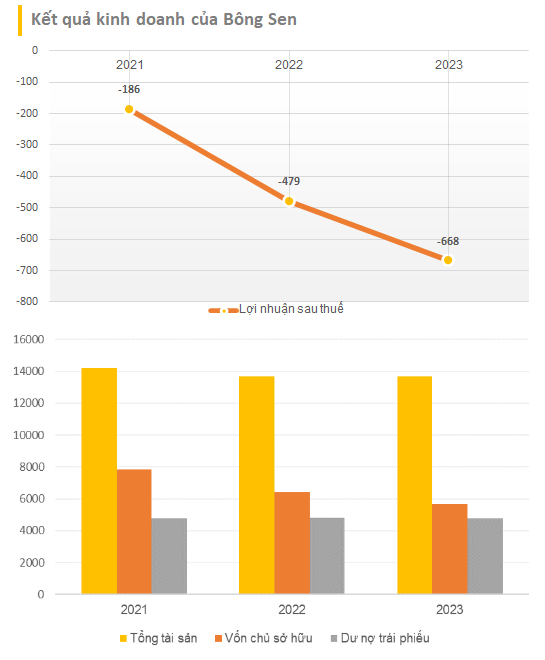
Recently, the Thái Bình Provincial People’s Committee held a conference to announce the province’s planning for the period 2021-2030, with a vision to 2050, as well as promote investment in Thái Bình Province. In his opening speech at the conference, Mr. Nguyễn Khắc Thận, Deputy Secretary of the Provincial Party Committee and Chairman of the Provincial People’s Committee, said that this event is of special significance as it marks a new phase of development for Thái Bình Province in 2024 and the following years.
With a scale of 67.71km2, Thái Bình is the 10th smallest province in the country, accounting for 0.5% of Vietnam’s total area. However, in terms of population, Thái Bình ranks 11th out of 63 provinces and cities, accounting for 1.9% of the country’s population and having a population density four times higher than the national average.
In recent years, Thái Bình has been recognized as a dynamic province with diverse potentials and competitive advantages in terms of investment environment. Furthermore, this locality has undergone significant transformation, evolving from an agriculture-based province to a dynamic and attractive investment destination, with a higher economic growth rate than the national average, particularly after the establishment of the Thái Bình Economic Zone.
Currently, the agricultural sector accounts for only 20% of the total value of production. Thái Bình ranks 15th and 16th out of 63 provinces and cities in terms of attracting FDI in 2021 and 2022, respectively, and notably achieved nearly 3 billion USD of FDI in 2023, ranking 5th among all provinces and cities nationwide. With this achievement, Thái Bình has entered the group of billion-dollar FDI attraction localities for the first time.
The Liên Hà Thái Industrial Zone, a pioneering industrial park in the Thái Bình Economic Zone, has attracted over 1.2 billion USD of investment in the past 3 years, including the Pegavision Vietnam factory project.
According to the Provincial Planning, Thái Bình aims to become a relatively developed locality and one of the industrial centers in the Red River Delta region by 2030, with a modern economic structure driven by industry as the main growth engine, for fast, comprehensive, and sustainable development of Thái Bình.
By 2050, Thái Bình aims to become a developed province in the Red River Delta region, with a prosperous economy, advanced society, and preserved ecological environment; achieving economic growth based on scientific and technological foundations, innovation, and highly competitive economic sectors.
3 development breakthroughs, 4 economic growth pillars
To achieve these goals, the Provincial Planning identifies 3 development breakthroughs, 6 priority tasks, and 4 economic growth pillars; introducing several new points and breakthroughs such as expanding development space through “coastal expansion”; developing a maritime-oriented economy to create breakthrough development in port infrastructure, energy, entertainment services, resorts, and marine ecology.
In the future, there will be three expressways in the province: the Ninh Binh – Hai Phong Expressway (CT.08), the Ring Road 5 – Hanoi (CT.39), and the CT.16 route to connect the economic zone with the city of Thái Bình and the northwestern economic region near the capital.
The province encourages investment in industries with strengths and breakthrough potential, such as energy, mechanical processing and manufacturing, high-tech industries, electronics, agro-forestry-fishery processing, etc.
At the same time, the province will focus on the research and development of wind and gas-based power generation to provide clean energy and balance emissions; study investment in the construction of a Condensate Processing Plant; prepare all conditions for the construction and operation of the Thái Bình LNG Thermal Power Plant.
In terms of agriculture, Thái Bình province still considers it an “important pillar” in its economic development, contributing to ensuring national food security and aiming to become a leading agricultural production center in the Red River Delta.
At the conference, Deputy Prime Minister Trần Lưu Quang acknowledged the potential of the locality and mentioned that Thái Bình has four significant advantages that can drive its future breakthroughs. Specifically, the province has favorable geographical location and land access; it has been a leading locality in the construction of comprehensive and serious new rural areas…
In terms of geographical location and land access, the Deputy Prime Minister believes that in the future, when the Land Law takes effect, Thái Bình will have more opportunities for coastal expansion to implement urban area and environmentally friendly industrial park projects…
Regarding agriculture, statistics show that Vietnam’s agricultural exports in the first two months of 2024 reached over 9.8 billion USD, a 50.3% increase compared to the same period in 2023; the trade surplus amounted to 2.88 billion USD, nearly three times higher than in the same period of 2023. Importantly, Vietnam’s average rice price is among the highest in the world. These positive signals are partly contributed by the agricultural sector of Thái Bình Province.
Furthermore, the application of high technology in agricultural production will shorten the time spent on farming for farmers, creating conditions for Thái Bình to mobilize agricultural labor to develop industries and services, which is an advantage that not every locality possesses.
The Deputy Prime Minister emphasized the long-term possibilities of Thái Bình in terms of industrial development. However, in the present difficult circumstances, agriculture remains a valuable foundation.
Regarding the implementation of the provincial planning, the Deputy Prime Minister shared eight words with the locality: Compliance, Flexibility, Synchronization, and Understanding.
According to the Deputy Prime Minister, the most significant value of planning lies in providing directions, development goals, and solutions to realize these objectives. Therefore, in principle, it is necessary to “comply” with the planning.
Provincial administration should also be “flexible” in the implementation process and adjust objectives when necessary, as it is challenging to predict the future even for tomorrow, let alone the next six years (until 2030) and the visions 26 years later (until 2050).
In addition, it is essential to ensure “synchronization” with other planning documents such as the National Master Plan, Regional Plans, and technical, sectoral plans.
Within the framework of the conference, Thái Bình Province approved investment proposals, investment registration certificates, and investment cooperation memoranda for nine investors with a total investment capital of approximately 10,000 billion VND.









































